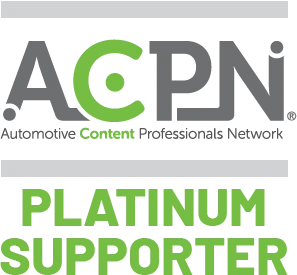8 June 2020 – The findings of ECHA’s on the use of alternative methods to animal testing under REACH shows relatively few changes in the use of alternatives since the last report in 2017.
The most common adaptation was the use of information on similar substances (read-across, 25 %) followed by justifications for omitting data (data waiving), combining information from different sources (weight of evidence), and predicting properties from structurally similar substances using computer models (QSAR).
The amendment of the REACH annexes in 2016 requires companies to use non-animal testing (in vitro, in chemico) tripled for skin corrosion/irritation, quadrupled for serious eye damage/eye irritation and increased more than 20-fold for skin sensitization.
Substances registered between 10-100 tonnes per year generally follow animal testing. The exception to this is for acute toxicity, where there have been 3 % fewer experimental studies, but the use of the weight of evidence, QSAR and data waiving have increased. For substances between 1-10 tonnes per year fewer experimental studies have been observed, but this is balanced with more weight of evidence, QSAR, and data-waiving.
The data of REACH has chemicals knowledge base used to develop alternative approaches to animal testing.
Reference: https://echa.europa.eu/documents/10162/0/alternatives_test_animals_2020_en.pdf/db66b8a3-00af-6856-ef96-5ccc5ae11026
If this regulation is applicable to you and you are interested in knowing more about this topic and available solutions, then schedule a free consult with our experts.

